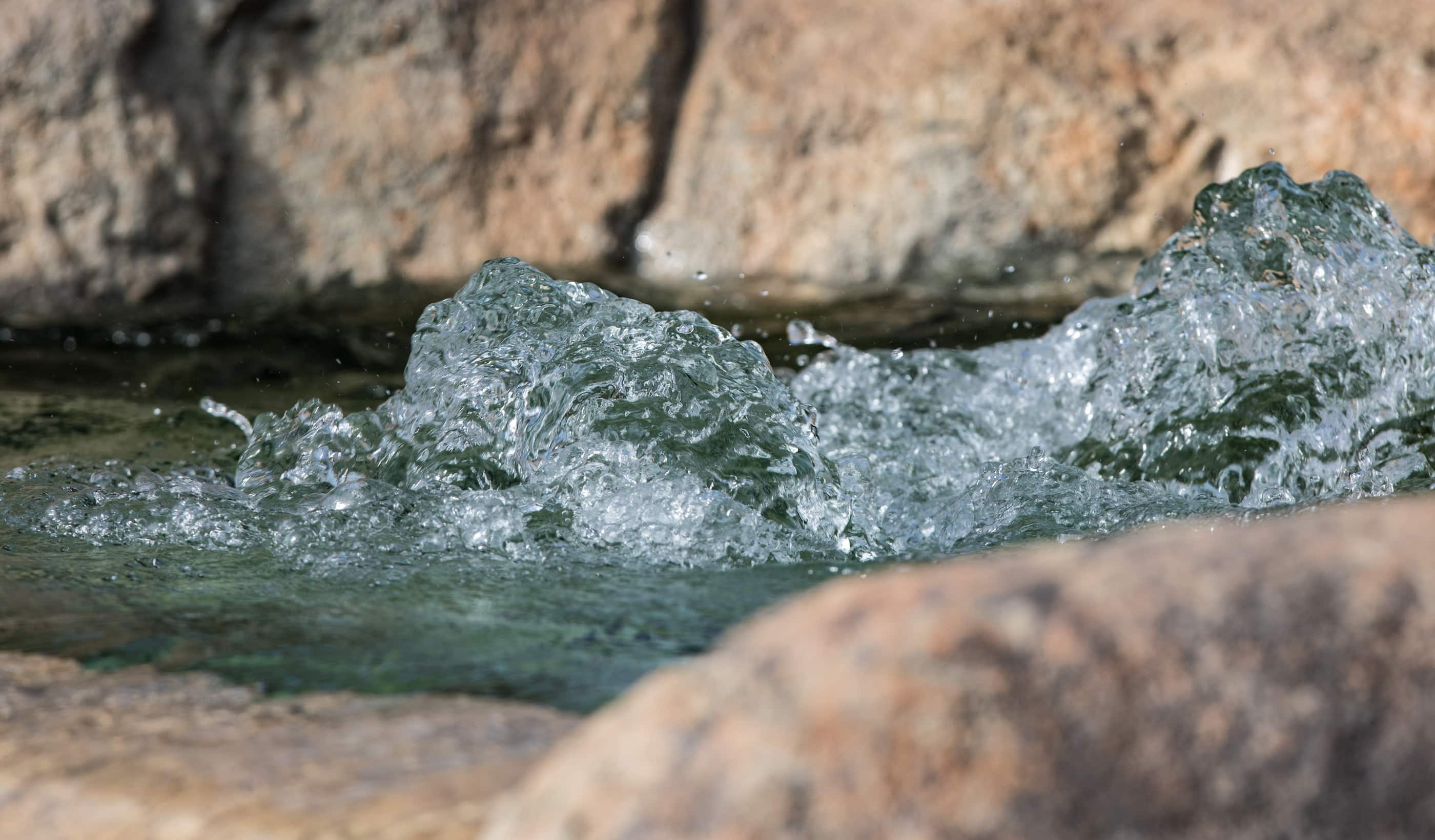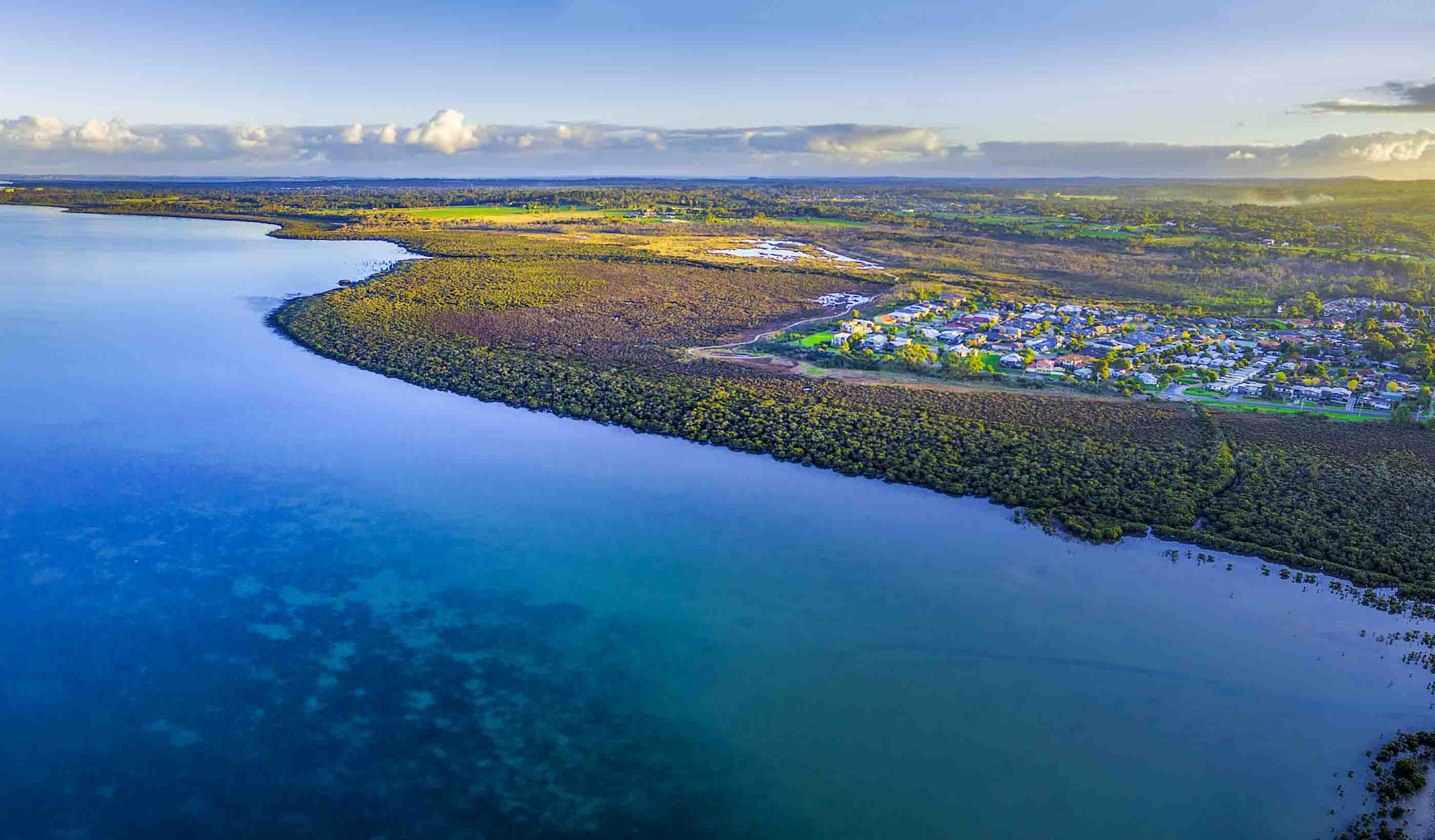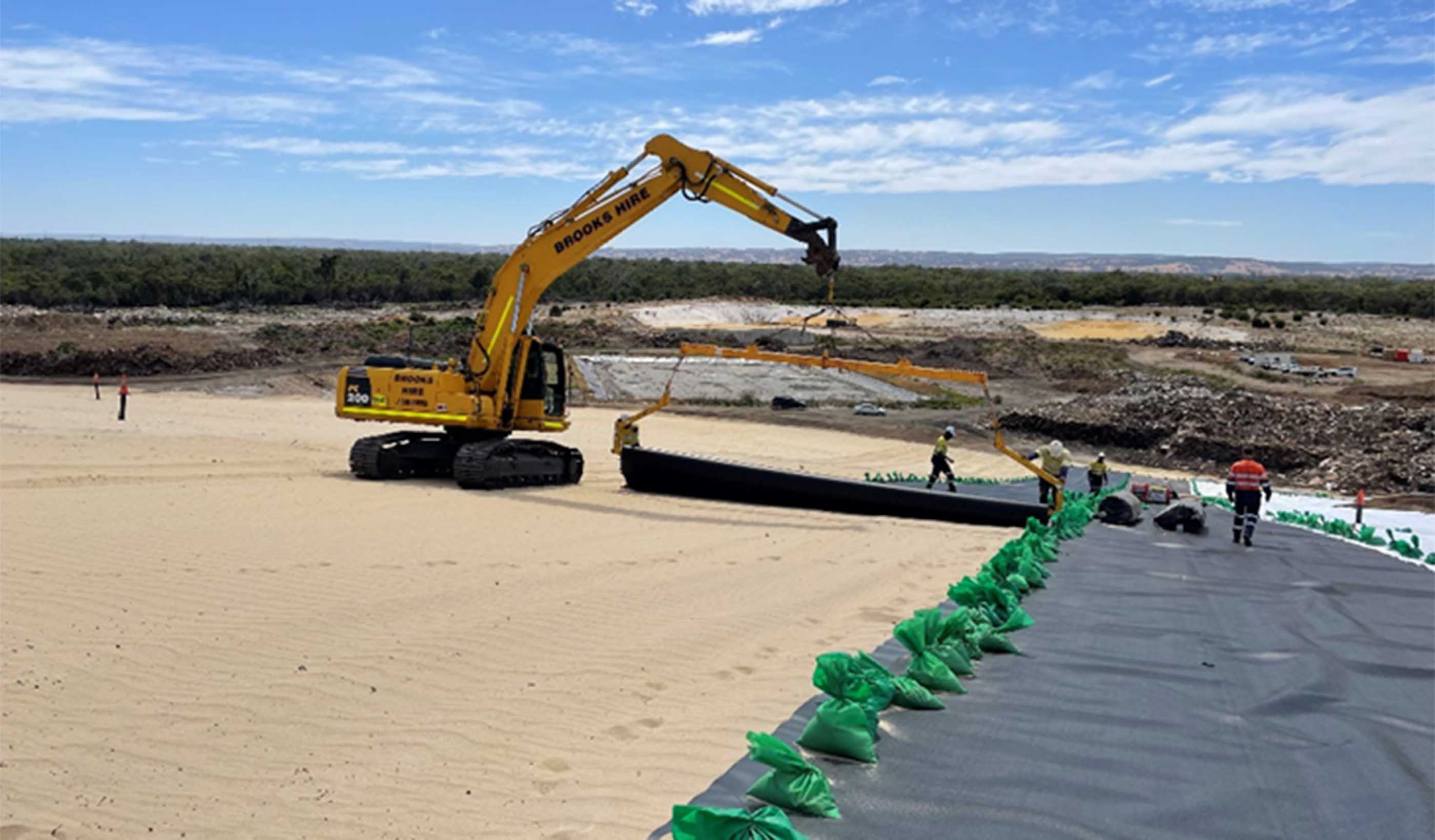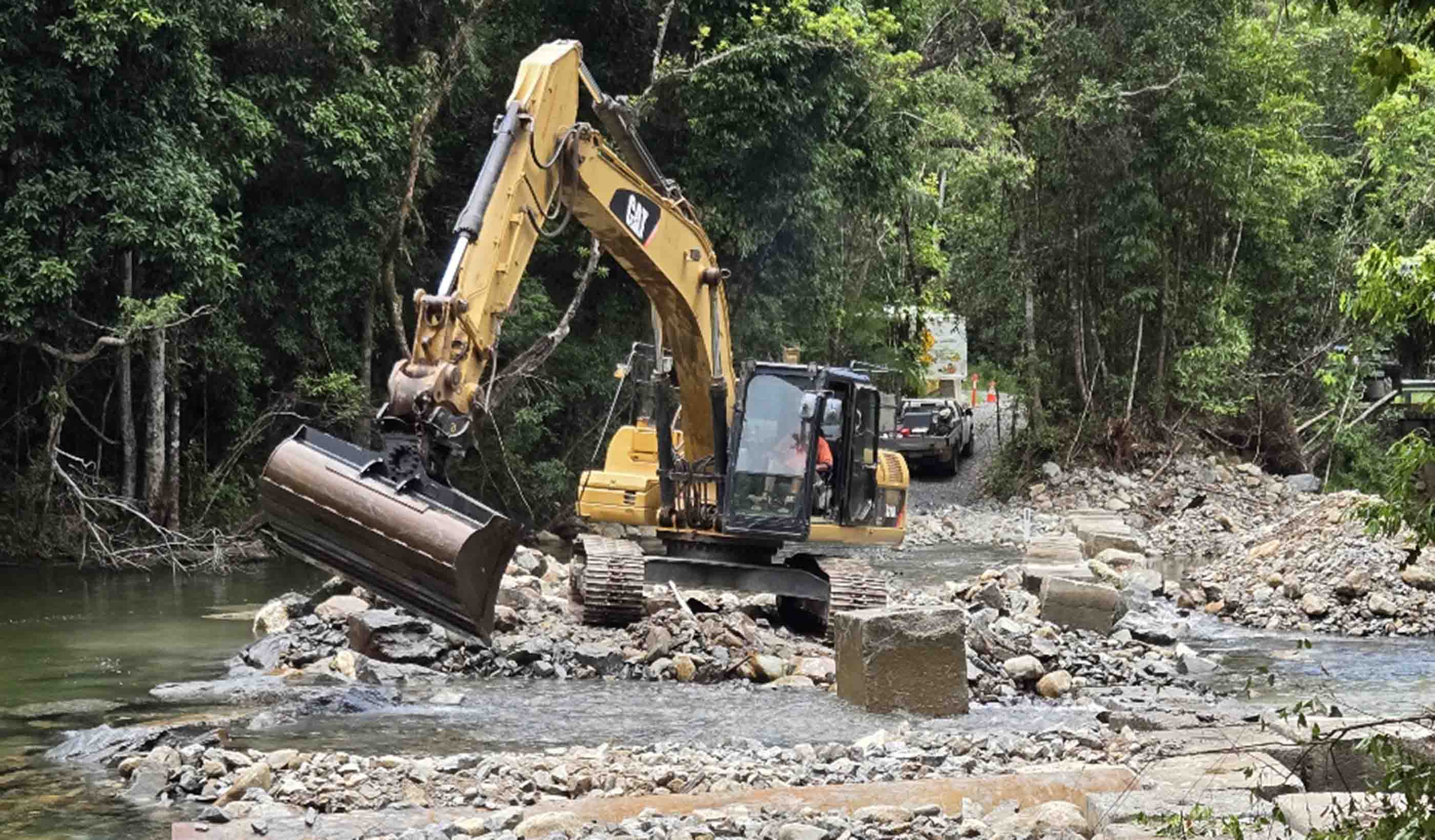Landfill & Solid Waste
From rubbish to recovery
Landfills are the most common means of disposing of solid waste—they’ve been around for centuries. If you have a pressing need to follow the five-strategy approach for dealing with waste management—refuse, reduce, reuse, repurpose, and recycle—our Landfill and Solid Waste team can help you achieve your goals.
We understand that each site has its own unique challenges and requirements, so we offer strategic commercial, economic, financial, management, and design advice to fit specific project needs.
Whether you need a redesign on an existing landfill or assistance with a new recycling centre, transfer station, mine site, community space, or processing facility, we’re here to help.
Landfill and containment cell design
Using the latest civil design software, we create and implement site designs and provide detailed technical specifications and drawings for private, commercial, and council-owned facilities. Our specialties? The design of compacted clay liners, geosynthetic and composite basal liners, and capping systems for various waste streams. We provide tailored engineering design practices that can help your project whether you’re managing mining waste, contaminated or hazardous waste, inert waste, or putrescible waste streams.Balancing the flow: Hydrogeology
Hydrogeology is the study of groundwater and its distribution and movement in soil and rocks, and through numerical modeling, we can replicate and calibrate surface water and groundwater systems. By combining hydrogeology, groundwater modelling, and impact assessment experience with an in-depth local knowledge of environmental settings, our Geoscience team provides clients with a suite of tools that can help them evaluate groundwater impacts and models for major projects in their region. Learn MoreHow drones can help landfill planning
When it comes to reorganizing a landfill to maximise capacity, there are many ways to achieve the goal. One solution? Drones. This technology is proving more and more valuable for this kind of work, enhancing speed and accuracy as well as allowing the collection of a large amount of data or high-resolution data. Plus, drones can be equipped with a range of sensors, allowing them to monitor a site’s environmental conditions—from air and water quality to radiation. Learn MoreOur People
-

Leigh McDonald
Business Leader, Geosciences, NSW/ACT/VIC
-

Danny McDonald
Senior Principal Environmental Geoscientist, Contaminated Land Practice Leader
-

Ben Kortlever
Senior Principal Environmental Geoscientist
-

Brendan McDermott
Principal Environmental Scientist, Team Leader
-

Amy Steiger
Geospatial Discipline Lead, ANZ
-

Darren Hanvey
Senior Principal, Environmental Engineer
-

Clare Madigan
Senior Environmental Scientist
-

Mike Jorgensen
Senior Principal Hydrogeologist
We’re better together
-
Become a client
Partner with us today to change how tomorrow looks. You’re exactly what’s needed to help us make it happen in your community.
-
Design your career
Work with passionate people who are experts in their field. Our teams love what they do and are driven by how their work makes an impact on the communities they serve.



